The Lord of the Rings book by J.R.R. Tolkien gave rise to the orcs in Dungeons & Dragons. Even though the word “orc” has been used in Charles Kingsley’s stories before, those orcs are not clearly explained.
In every version of Dungeons & Dragons, orcs have always been said to have looks like pigs.
On page 40 of the Player’s Handbook, it says that orcs are 5–7 feet tall, weigh between 180 and 250 pounds, and have “grayish coloring, sloping foreheads, protruding jaws, big teeth, and towering builds.”
People have also seen them with a greenish color. Welcome to a guide for Half-Orcs in 5e.
Summary Half-Orcs in 5e
Since the First Edition, half-orcs have been a possible race in D&D. Most D&D groups think of them as evil, but they don’t always go that way.
Half-orcs usually have more Strength and Constitution than other people. They can see in the dark, just like most animals.
A half-orc is always made up of some orc and some other thing. In the Player’s Handbook, the general stats for half-orcs are based on a mix of half-orc and half-human.
That is just one of many things that could happen. Other types of half-orcs, like goblin-orcs and dwarf-orcs, are mentioned below.
Birth Question
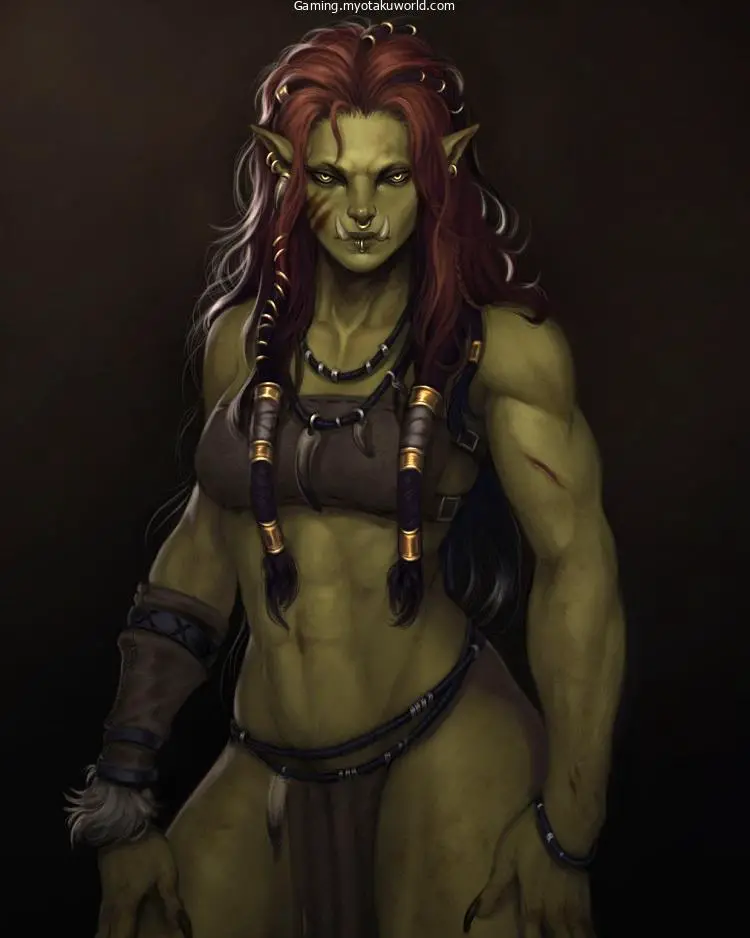
The Player’s Handbook says that half-orcs are the offspring of humans and orcs who got married. But in all versions of Dungeons & Dragons and in Tolkien’s books, orcs have always been shown as a race that likes to fight and is capable of terrible things.
In the real world, societies with these beliefs don’t have all of their children through marriage or consenting relationships, just like in these kinds of societies.
This is important for both players and dungeon masters (DMs) because how a player character was born is a key part of their character arc.
You can forget about the character arc if all you want to do in your game is kill monsters and take their wealth. But if you want your game to have role-playing in a well-developed world, even if it’s just made up, you have to answer this birth question for half-orcs.
One could say that a player character of any race should have a plan for how they were born at some point, but maybe not at first level.
With humans and other non-mixed races, like elves, dwarves, etc., a player can take the easy way out and say that the character had a “normal” life from a traditional marriage.
People say that half-elves, tieflings, and other mixed-race people are stuck between the cultures of their parents’ races.
But “not fitting in” isn’t always caused by parents who didn’t love each other and had bad relationships. In fact, Tolkien’s books had already shown that humans and elves could love each other and get married.
Not only were Elrond and his brother Elros half-elves, but so were their parents.
One of the most important human figures in The Lord of the Rings, Aragorn, married Elrond’s daughter Arwen and had children who were half or 3/8 elves. Elrond, Arwen’s father, was a half-elf, and her mother was a “full-elf.” This made Arwen a 34 elf.
With half-orcs, however, things are very different. In many campaigns, many people a half-orc meets will think that the half-orc’s parents didn’t marry or even choose to have children together.
It’s possible, but not impossible, that a player’s character was born from a loving marriage between two loving parents. A story like this can be even more interesting than one with a bad past.
The point is that you should decide early on where a half-orc character came from, because not doing so would be bad role-playing.
Who is Gruumsh?
Gruumsh is at the top of the orcs’ list of gods. He has one eye and holds a spear. His son, Bahgtru, is the orcish god of strength. Gruumsh is like the orc version of Odin.
This is important because the stories of Gruumsh explain how orcs and the other races get along now:
A very long time ago, the gods of each race used a lottery to decide where to put their people. The elves drew lots, and the woods were theirs. The dwarves drew lots, and the rocks and caves were what they got.
The halflings drew lots and were given the fields and grasslands. Men, on the other hand, were the richest because they got the best lots and could live wherever they wanted.
When the gods were done, they looked at Gruumsh and laughed while acting like they were sorry.
“We’re really sorry. We’ve all picked numbers, so there’s nothing left for you.”
Gruumsh was so tall that he could see over the ground as he waved his spear. With a powerful blow, he cut through the rocks and made chasms. He poked holes in the woods, which caught fire, along with the meadows and fields. Gruumsh was the one who laughed this time.
“You tried to rip me off, but Gruumsh isn’t a fool!”
He used his spear to show where the rock cracks were.
“This is where God’s people will live!”
Then he pointed to the woods that had been burned.
“And there!”
And so it went with the pastures, fields, and other places that Gruumsh had destroyed. Even though there were still plenty of mountains, woods, and other places that hadn’t been hurt, Gruumsh had made his point.
It’s just a story, but it’s one that’s often told in the D&D multiverse. No matter if the events really happened or not, the truth is in how orcs see themselves in relation to other races and where they fit in the universe.
The other races think of orcs as bad guys, but orcs see themselves as the ones who have been wronged. They feel that not only has life cheated them, but the gods themselves tried to keep them from having a place to stand, work, sleep, and live.
Only Gruumsh stood up for them. Still, his help wasn’t just a hug and some money. He helped them by sending them to the worst places on earth and telling them, “Do something with that.”
Orcs as a group may be bad, but they are also able to take care of themselves. No one will come to help them, so it’s them against the world.
Half-Orc Traits
On pages 40 and 41 of the Player’s Handbook (PHB), you can find details about half-orcs. Because their ASIs (ability score boosts) are +2 Strength and +1 Constitution, they stand out for warrior/tank classes.
| ASI (Ability Score Increase) | Strength +2 | Constitution +1 |
| Age | Mature 14 years | Maximum 75 years |
| Size | 5-6+ ft tall | |
| Speed | 30 ft/turn | |
| Darkvision 60 ft | Dim light as bright light | Darkness as dim light |
| Skills Proficiency | Intimidation | |
| Relentless Endurance | If at 0 hit points, you can function as if at 1 hit point | Must take long rest to recharge |
| Savage Attacks | If a critical hit is scored, add 1d damage depending on weapon | Add extra damage to damage of critical hit |
| Languages | Common and Orc | |
| Orc names | Male: Dench, Feng, Gell, Holg, Imsh, Keth, Krusk, Mhurren, Ront, Shump, Thokk | Female: Baggi, Emen, Engong, Kansif, Myev, Neega, Ovak, Ownka, Sutha, Vola, Volen, Yevelda |
Half-Orc Character-Build
The most important stats for a barbarian are Strength and Constitution, so half-orcs are a great fit. My character will be a barbarian called Baggi who is half-orc and half-human.
Half-Orc Barbarian
For people who aren’t used to throwing dice, I’m building my characters based on the standard set of scores model (PHB, p. 13). You can put the standard numbers in any order you want. Here is the normal order, from top to bottom: 15, 14, 13, 12, 10, 8.
| Ability | Strength | Intelligence | Wisdom | Dexterity | Constitution | Charisma |
| Standard Sequence | 15 | 14 | 13 | 12 | 10 | 8 |
| Customized Sequence | 14 | 10 | 13 | 12 | 15 | 8 |
| Racial ASI | +2 | +1 | ||||
| Ability Scores Total | 16 | 10 | 13 | 12 | 16 | 8 |
| Ability Modifiers | +3 | +1 | +1 | +3 | -1 |
Half-Orc Barbarian: Skills Proficiencies
The Outlander background is the one I picked for Baggi. This gives me Survival and Athletics, which are two skills I want. Now I can pick two more skills for my warrior class. I can choose perception and animal handling.
| Proficiency | Source | Ability | Total Modifier |
| Intimidation | Race | CHA/STR | +1/+5 |
| Survival | Background | WIS | +3 |
| Athletics | Background | STR | +5 |
| Instrument (mandolin) | Background | DEX | +3 |
| Perception | Class | WIS | +3 |
| Animal Handling | Class | WIS | +3 |
Half-Orc Barbarian: Armor and Weapons
As a barbarian, Baggi can add both her Constitution and Dexterity modifiers to her armor class (AC) when she is not wearing armor. So, I’ll decide not to have her wear armor.
She can also use a shield with this class ability, but I’ll tell her not to so she can use a greatsword, which requires two hands. Javelins will be her long weapon.
| LVL | HP | Armor | AC | Melee Weapon | MW Dam/turn | Ranged Weapon | RW Dam/turn |
| 1 | 15 | None | 14 | Greatsword | 5-15 | Javelin | 4-10 |
The History and Philosophy of Baggi the Barbarian
Baggi was born into an orc tribe. His mother was an orc, and his father was a human. Her orcish mother claimed that her father was hers because he was a slave that the tribe had taken.
Her parents’ relationship was difficult, and it is not known if Baggi’s father gave his permission for her to be born. Baggi knew better than to ask her mother these kinds of questions. Her mother was a strong warrior who was feared by both men and women in the group.
Baggi once went out on a limb and asked about her father.
“Fearsome Mother, our tribe has a lot of strong male orcs. Why would you choose to breed with a weak person?”
Baggi never saw the hooked fist that hit her in the back and sent her flying, but she did find out the answer to her question.
“Men of every race are weak because they can’t handle the pain of childbirth. People have said that mixing orc blood makes orcs stronger, so I wanted to see if that was true.
You, Baggi, will tell me the answer to that question. Just be careful about what you ask, because every question has a cost.”
Ok. Some choices about my half-orc character have already been made.
Baggi was born into orc culture, not human culture, and her mother was the most powerful parent. Baggi was not the child of a married couple. Instead, he was the child of a master and a slave. But the answers to these questions lead to more questions:
- Did Baggi have brothers or half-siblings? If so, were any of them the result of a marriage?
- Is she still living with both of her parents?
- We’ve already talked about Baggi’s friendship with her mother. But what about her father? Did Baggi love him or hate him because he was a person? Had he been there long enough for you to get to know him?
When Baggi turned 14 and became an adult, she probably already knew the answers to these questions, and the player should know them as well.
How can you play a character if you don’t know if their parents were still alive or dead the last time they were in their home country?
I could take the easy way out and say that the other racist orcs killed Baggi’s father before Baggi was old enough to talk. I’m going to say instead that Baggi did meet her father.
The other mean orcs wanted to kill Baggi’s father, but Baggi’s mother stood in front of him to protect him.
I’ll take it a step further and say that Baggi thought of her father as a beta man and hated him for being weak. The situation for Baggi in her group has changed. Her mother is loved and feared, while her father is hated and made fun of.
The whole tribe has no idea what Baggi is. Does she get her strength from her mother or from her father?
This answers the question about taking risks. Clearly, her tribe is no longer home for her, and she will have to get famous on her own, not because of what her mother did.
Half-ORC Subraces
Orcs can and do breed with humans, dwarves, halflings, goblins, hobgoblins, bugbears, ogres, gnolls, trolls, kobolds, and almost anything else.
Their children can even be planetouched, which means they are the offspring of two animals from different planes, like half-orc tieflings and genasi.
Elves are a noticeable exception, but that’s because they live in orc society. If an orc and an elf decide to have children together against the wishes of their societies, it could make for a good story and a good D&D game arc.
Goblin-Orcs
Orcs and goblins often have babies together. Orcs and half-orcs (human-orcs) are just as strong as goblin-orcs. If a player wants to be a goblin-orc, he or she has a choice.
They can either have the same stats as a normal half-orc (+2 STR/+1 CON) or get some goblin agility (+2 STR/+1 DEX).
Dwarf-Orcs
There isn’t much difference between ASIs, but proficiencies and other physical traits give you the best of both worlds:
ASI’s
| STR | DEX | CON | INT | WIS | DEX |
| +2 | +0 | +1 | +0 | +0 | +0 |
- Age: 14 years old, lives to 250
- Size: Large Speed is 30 feet, and it can see in the dark for 60 feet. It can speak Common, Orc, and Dwarvish. What it is: Pick up to three things from the list below.
- Same as what the PHB says about dwarves:
- Stonecunning and Dwarven Resilience
- Dwarven Combat Training (ability to use a battleaxe, handaxe, light hammer, and warhammer)
- 1 Tool Proficiency from: smith’s tools, brewer’s tools, mason’s tools
- Same as PHB half-orcs: Menacing (Intimidation skill), Relentless Endurance, and Savage Attacks.
- How it works: Dwarf-orcs are able to grow tusks and beards.
- Green, gray, or tan skin
Orogs
An orc and an ogre got together to make an orog. They use their strength to make very good tools and armor, such as plate mail.
In the world of Forgotten Realms, they are called Skullbiters, and because they live in the Underdark, they are often called Deep Orcs.
From the Forgotten Realms setting, here are their numbers as player characters:
ASI’s:
| STR | DEX | CON | INT | WIS | CHR |
| +6 | -2 | +0 | +0 | -2 | +2 |
- 120 feet in the dark.
- Greatsword, throwing axe, and one other martial tool can be used well.
- Armor-smithing and weapon-smithing are craft skills.
- Fire 5, cold 5, and natural armor as resistances. +2
- Lighten up! Blindness: Being in bright light makes you blind for one round and gives you a -1 bonus to strikes, saves, and checks.
- Common, Undercommon, Orc, Dwarven, Elven, Goblin, and Giant are the languages they speak.
These are their monster stats:
- 18 (plate)
- HP: 42 (5d8 +20)
- Distance 30 ft.
- Bonus +3 for Skill
| STR | DEX | CON | INT | WIS | CHA |
| 18 (+4) | 12 (+1) | 18 (+4) | 12 (+1) | 11 (+0) | 12 (+1) |
Influence is at +5, and Survival is at +2.
Common Language, Orc Senses: Darkvision: 60 feet, Passive Perception 10 (450 XP) Challenge: 2
Do this:
Two greataxe strikes per turn is a multi-attack
The Greataxe: Dam (1d12 +4) slashing: +6 to hit, reach 5 ft.
Attacks in close combat or from a distance: +6 to hit, range of 5 feet or 30/120 feet, dam (1d6+4) pierce.
The orogs in the Forgotten Realms setting are different from the orogs in other D&D games. Before making an orog character, which some DMs might think is too powerful, you should talk to your DM about it.
Tanarukks
When you cross a devil with an orc, you get a Tanarukk. It must happen often enough to have a name for it.
Here are their stats as monsters.
AC: 14 (armour from nature)
HP: 95 (10d8 + 50)
Distance 30 ft.
| STR | DEX | CON | INT | WIS | CHA |
| 18 (+4) | 13 (+1) | 20 (+5) | 9 (-1) | 9 (-1) | 9 (-1) |
- Skills: +2 for frighten and +2 for see.
- Mess up Fire and poison are resistance
- The magic Resistance: Saves are better against magic.
- Vision in the dark Passive Perception at 60 ft. Abyssal, Common, and one more make up the 12 languages. 5 (1800 XP) Bonus +3 for Skill
- Being hostile: A tanaruk can move up to its speed toward a hostile object it can see as a bonus action.
- Many attacks: One bite attack and one greatsword attack per turn.
- Bite: Melee: +7 to hit, range of 5 feet. Dam (1d8 +4) a sharp pain
- Greatsword: +7 to hit, 5 ft. Dam (2d6 +4) cutting up
Gray Orcs
Gray orcs are part of the setting of the Forgotten Realms, and they are the most like the orcs in World of Warcraft. In the past, they had powerful priests who could call up Gruumsh and other orc gods in the form of avatars.
Gray orcs have big tusks, but other than that, they don’t look as much like pigs as other Dungeons & Dragons/Lord of the Rings orcs. Their hair is long, and their skin is grey.
- Yellow, orange, or red eyes.
- Black or gray hair?
- Same starting age, expected length of life, height, and weight as half-orcs.
- They have better and cleaner clothes than other orcs.
Here’s what their ASIs are:
| STR | DEX | CON | INT | WIS | CHA |
| +2 | +0 | +0 | -2 | +2 | -2 |
- Speed: 40
- Weapon is spoken in Common, Orc, Draconic, Giant, and Goblin.
- Greataxe and longbow.
- Darkvision up to 60 feet.
- Light Sensitivity: Attack parts are -1 when there is a lot of light.
- As stated in the Dungeon Master’s Guide, the ability to smell.
Gray orcs aren’t half-orcs, so it’s clear that they are full-blooded orcs. Still, it’s good to know about them in case a player wants to make a half-orc whose orc half is not based on a general orc.
Gray orcs are great priests, druids, and rangers, and they also do well in the martial classes. Notice how 33% faster they move than most other races.
FAQs
What are the racial traits of Half-Orcs?
In D&D 5e, Half-Orcs have a unique set of racial traits. They typically get bonuses to their Strength and Constitution scores, darkvision (the ability to see in darkness), proficiency in certain skills, and the iconic “Relentless Endurance” ability that allows them to cheat death once per long rest when reduced to 0 hit points.
Can Half-Orcs be spellcasters?
Yes, Half-Orcs can certainly be spellcasters. While they don’t have any innate spellcasting abilities themselves, there are no restrictions preventing them from pursuing classes that can cast spells, such as Wizards, Sorcerers, Warlocks, or Clerics.
What classes do Half-Orcs excel in?
Half-Orcs’ natural attributes, such as their strength and durability, make them particularly well-suited for classes that emphasize physical combat and close-quarters fighting. Classes like Barbarians, Fighters, and Paladins often make excellent choices for Half-Orc characters due to their combat-oriented abilities.
How are Half-Orcs perceived in the D&D world?
In most D&D settings, Half-Orcs often face prejudice and discrimination due to their mixed heritage. They might struggle to fit in with both human and orc societies, leading many to become adventurers seeking acceptance and purpose beyond their origins. However, attitudes can vary widely based on the campaign world and the cultures within it.
Remember that Dungeons & Dragons is a highly customizable game, and the specifics of Half-Orc characters can be tailored to fit your campaign setting and narrative.
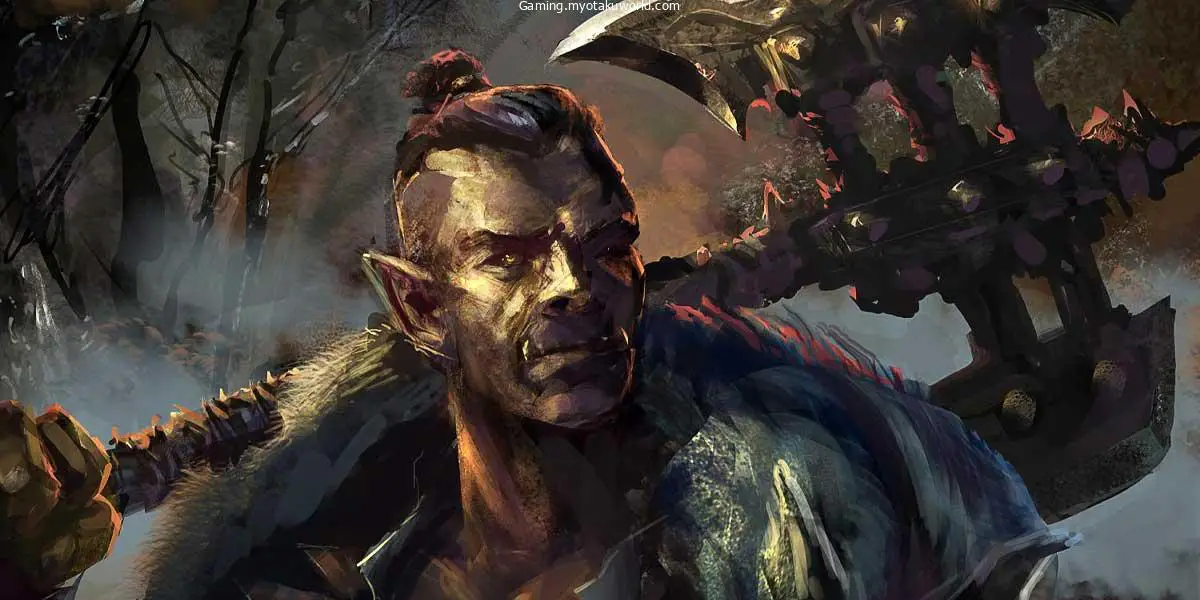
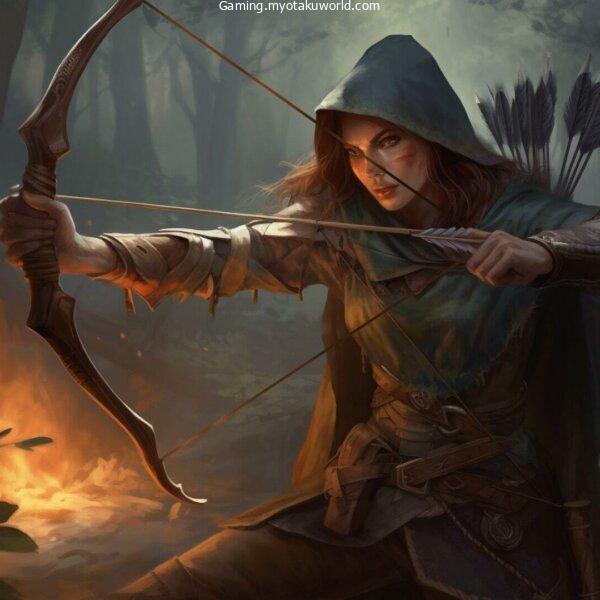
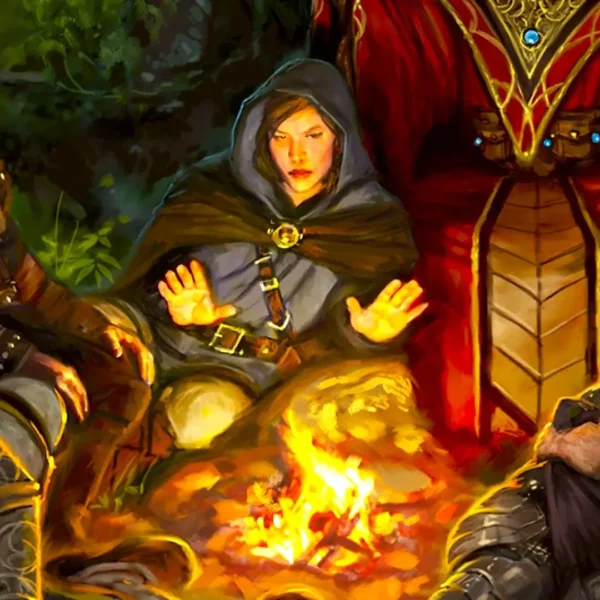
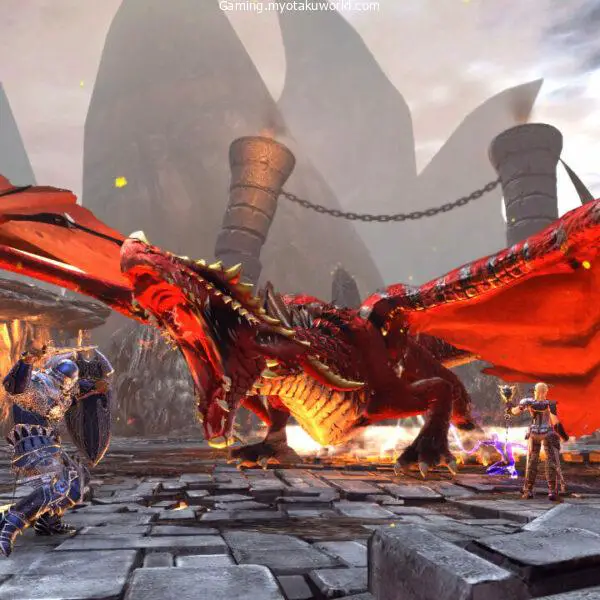
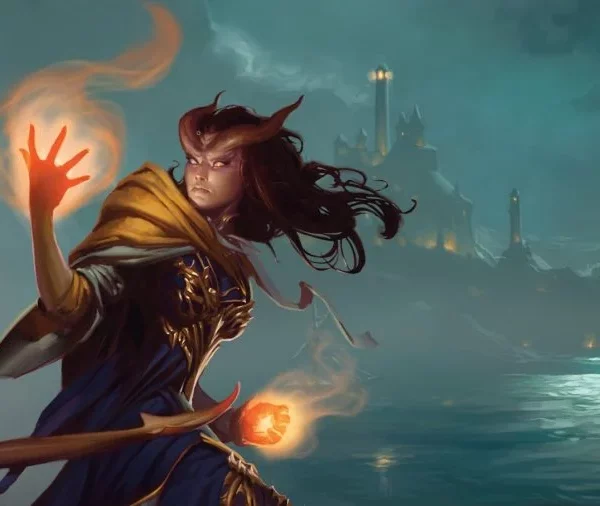
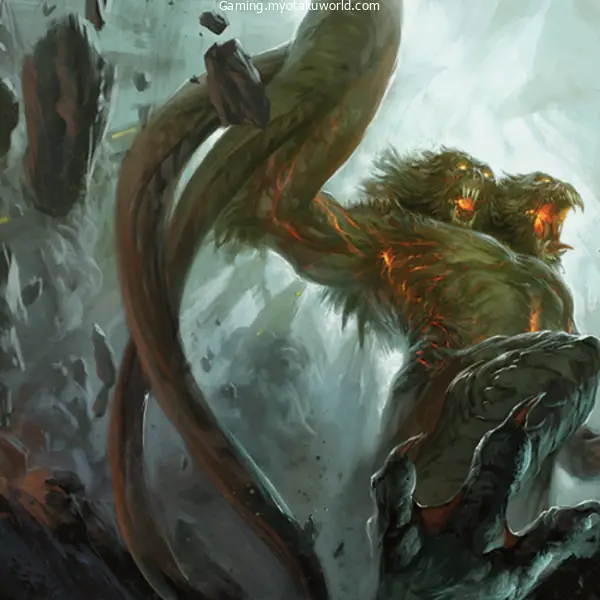
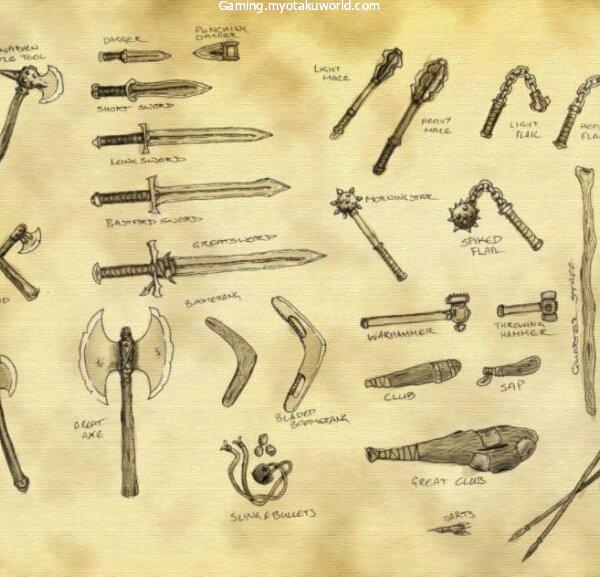


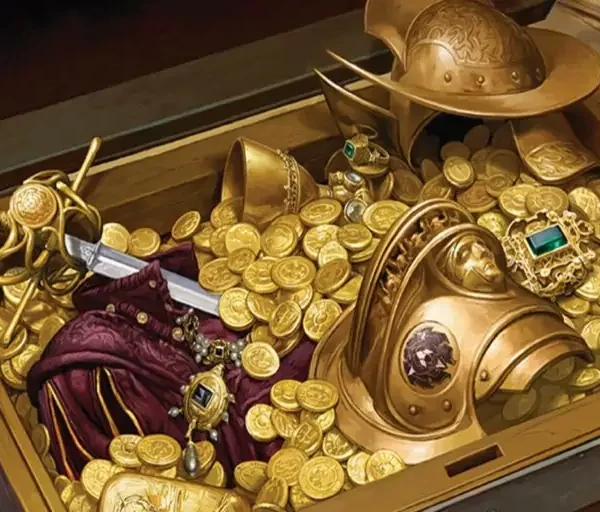
Leave a Comment